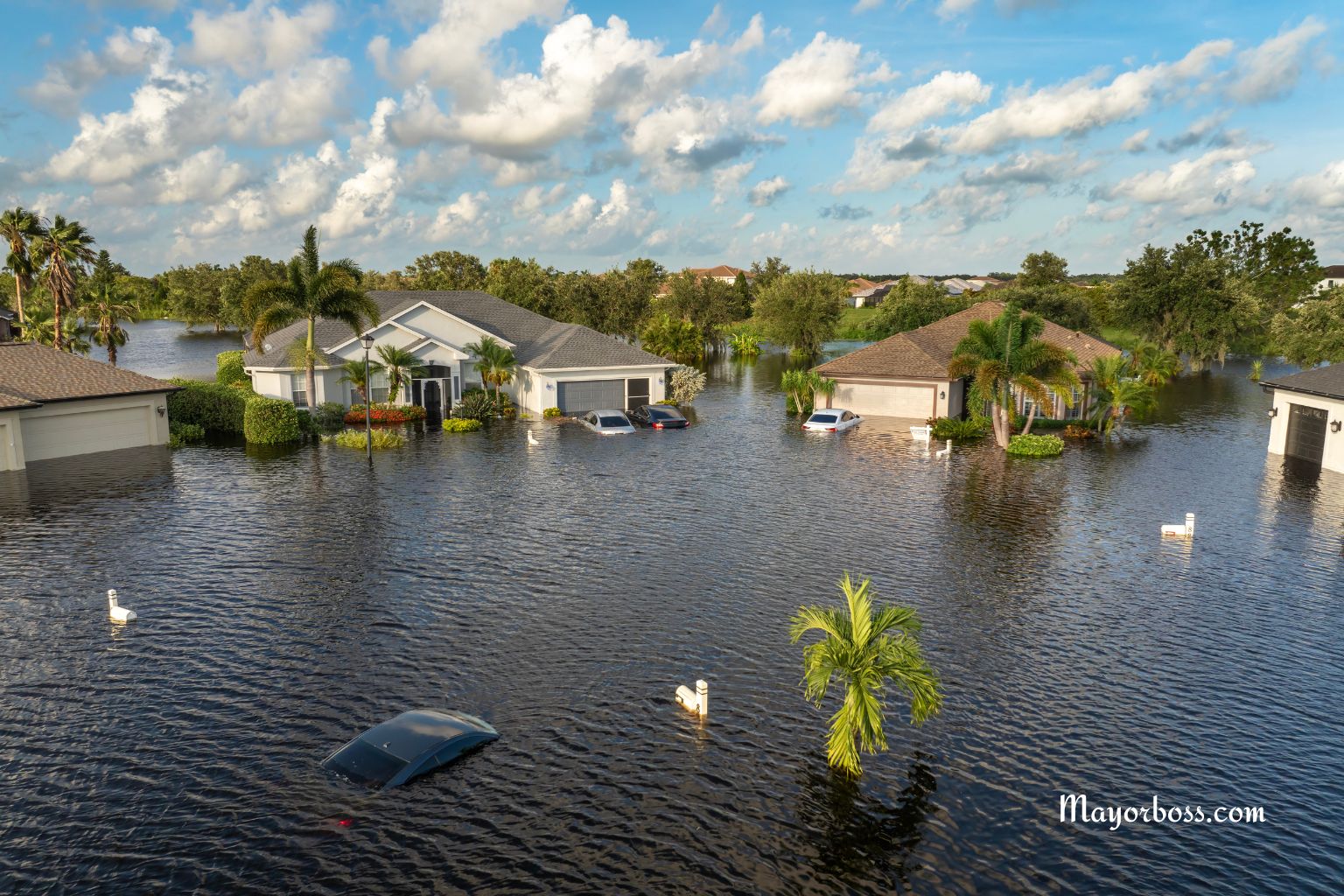At What Distance From Each Other Should Watermelons Be Planted To Get A Big Harvest
To achieve a large watermelon harvest, plant watermelons 3 to 5 feet (90 to 150 cm) apart in rows that are 6 to 8 feet (180 to 240 cm) apart. This spacing gives each plant enough room to spread, grow strong roots, and produce healthy fruit.

If you want sweet, juicy watermelons and plenty of them, spacing is one of the most important things to get right. Watermelons need space—lots of it. Each vine can stretch several feet in every direction. When plants are crowded, they compete for sunlight, water, and nutrients. This stress can reduce fruit size and overall yield.
The Ideal Planting Distance
Most gardeners and experts recommend the following:
- Between Plants: 3 to 5 feet (90 to 150 cm)
- Between Rows: 6 to 8 feet (180 to 240 cm)
These distances give every watermelon vine plenty of space to grow without bumping into its neighbors. Healthy spacing means healthier plants, bigger fruit, and less disease.
How to Space Your Watermelons
Picture your garden as a grid. Each spot for a watermelon seedling should be 3 to 5 feet away from the next. If you plant in hills (small mounds), plant 2 to 3 seeds per hill, with each hill about 5 feet apart. Space your rows far enough apart that you can walk between them for weeding and harvesting.
Quick steps:
- Mark out rows, each 6 to 8 feet apart.
- In each row, mark spots 3 to 5 feet apart.
- Plant seeds or seedlings at each mark.
What Happens If You Plant Watermelons Too Close?
If watermelon plants grow too close together, several problems can develop:
- Smaller Fruit: Vines have to compete for food and water, so they may produce fewer or smaller watermelons.
- More Disease: Crowded plants trap humidity and block airflow, which helps diseases like powdery mildew and fungal infections spread quickly.
- More Pests: Pests love dense, shady spots. Giving plants space helps keep pests in check.
What About Different Watermelon Varieties?
Not all watermelons need the same amount of space. Standard or large varieties need the most room. Some bush or mini varieties, bred for small gardens or containers, can grow with less space, sometimes only 2 to 3 feet apart. Check the seed packet for specific advice if you’re growing a special type.
Tips for a Bigger Watermelon Harvest
Spacing is just the start. For the biggest harvest:
- Plant in Full Sun: Watermelons need at least 6–8 hours of sunlight every day.
- Prepare the Soil: Mix compost or well-rotted manure into the soil before planting. Watermelons love rich, loose soil.
- Keep Soil Moist: Water deeply and consistently, especially when fruits are forming. But avoid soggy soil.
- Mulch: Add mulch around plants to hold moisture and keep weeds away.
- Support the Vines: If you have a small space, train vines to grow along trellises or supports. Use slings to hold the growing fruit.
Common Mistakes to Avoid
- Planting too close together.
- Forgetting to fertilize.
- Letting weeds take over.
- Overwatering or underwatering.
When to Plant Watermelons
Plant watermelons after the last frost when the soil is warm, at least 70°F (21°C). Cold soil will slow growth and reduce your harvest.
Harvesting at the Right Time
Once your vines grow and the fruit sets, watch for these signs that your watermelons are ready:
- The spot where the fruit touches the ground turns creamy yellow.
- The tendril nearest the fruit dries and turns brown.
- The skin becomes dull instead of shiny.
Pick your watermelons at the right time for the best taste and size.
Frequently Asked Questions
1. Can I grow watermelons in containers?
Yes, you can, but choose bush or mini varieties. Use large containers and provide plenty of space for vines to sprawl.
2. How many watermelons will one plant produce?
Most healthy watermelon plants produce 2–4 large fruits, but some varieties can produce more small fruits.
3. Should I prune watermelon vines?
You can pinch off excess vines to focus energy on fewer fruits, but it isn’t always necessary. Good spacing helps keep the vines manageable.
4. What type of soil is best for watermelons?
Well-drained, sandy loam enriched with compost or manure works best. Watermelons prefer soil with a pH of 6.0 to 7.0.
5. Do I need pollinators for watermelon plants?
Yes. Bees and other pollinators help watermelon flowers turn into fruit. Avoid using pesticides during flowering to protect pollinators.






